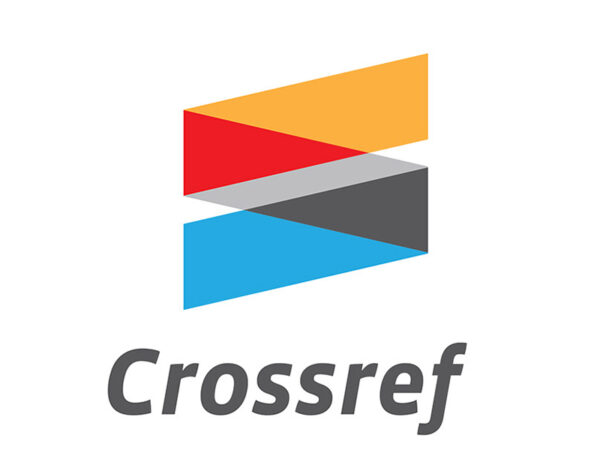Analyzing Pakistan Textile and Clothing Export trade dynamics- A comprehensive Study from 2003 to 2021 Using Statistical Model
Abstract
Pakistan's textile industry is the core of the nation's economy, employing over 15 million people and contributing over 60% of all export earnings. The research work done in this paper includes the collection of yearly data (2003-2021) of textile exports of Pakistan with other countries. By using MINITAB software Moving Average Model and Residual Plots has been obtained 100% throughout model and it gives appropriate forecast values. This statistical model provides the expected value for the prediction of future textile export data. The main aim of the manuscript is to throw light on dynamic performance of exports of textiles of Pakistan in the perspective of various countries like Afghanistan, Bangladesh, Turkey, Germany, Australia, Sri Lanka, China, India and Qatar.
References
[2] Choudhry, N.T. and J.P. Flhorse, 2010. Demographic 18. Johansen, S., 1988. Statistical Analysis of Transition and Economic Growth in China, India and Cointegration Vectors. J. Economic Dynamics and Pakistan. Economic Systems, 34: 218-236.
[3] Soyoum, B., 2007. Trade Liberalization and Patterns 19. Silvapulle, P. and S. Jayasuriya, 1994. Testing for of Strategic Adjustment in the US Textile and Philippines Rice Market Integration: A Multiple Clothing Industry. International Business Review, Co-Integration Approach. J. Agric. Economics, 16: 109-135.
[4] Lahiri, S. and A. Nasim, 2006. Export Promotion under 20. Philips, P.C.B., 1986. Understanding Spurious Revenue Constraints: the Case of Tariff-Rebate on Regressions in Econometrics. J. Econometrics, Intermediate Inputs in Pakistan. J. Asian Economics, 33(3): 311-340.17: 285-295.
[5] International Trade Centre. (2021, June 30). International trade statistics 2001-2020. Retrieved from International Trade Centre: https://www.intracen.org/itc/market-info-tools/statistics-export- product-country/
[6] Pakistan, Government of (2012-2013) Economic Survey of Pakistan (2012-2013).
[7] Ministry of Finance, Pakistan Economic Survey 2020-21, Government of Pakistan.
[8] United Nations Commodity Trade Statistics Database (UN COMTRADE, 2008), International Trade Statistics, yearbook.
[9] Haider, M. (2020, March 7). EU extends GSP Plus status to Pakistan till 2022.
[10] Farooq, M., & Ahmad, N. (2022). Dynamic Performance of Export of Knitted Garments (HS-61) of Pakistan: A Comparative analysis of selected countries (2001-2020). JSSH, 30(2).
[11] Chaney, T. 2008. Distorted gravity: the intensive and extensive margins of international trade. American Economic Review, 98: 1707–21.
[12] Krugman, P. 1982. The macroeconomics of protection with a floating exchange rate. In Carnegie-Rochester Conference Series on Public Policy 16:141–182. North-Holland.Han-
[13] Larsson, E., Hedelin, L., & Gärling, T. 2003. Influence of expert advice on expansion goals of small businesses in rural Sweden. Journal of Small Business Management, 41: 205-212.
[14] Andersson, S., Gabrielsson, J., & Wictor, I. 2004. International activities in small firms: examining factors influencing the internationalization and export growth of small firms. Canadian Journal of Administrative Sciences/Revue Canadienne des Sciences de l'Administration, 21: 22–34.
[15] Fillis, I. 2007. A methodology for researching international entrepreneurship in SMEs: a challenge to the status quo. Journal of Small Business and Enterprise Development.
[16] Nabi, T., & Kaur, T. P. 2019. Export specialization of India with top five agricultural economies: An application of RCA and RSCA. International Journal of Innovative Technology and Exploring Engineering, 8: 4705, 4708.
[17] Akhter, M. F., Hassan, D., & Abbas, S. (2020). Predictive ARIMA Model for coronal index solar cyclic data. Astronomy and Computing, 32, 100403.







